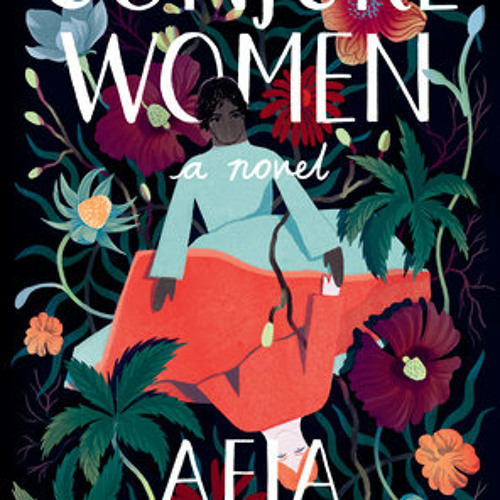

And while she professes, “ Not next year. Throughout, the text emphasizes the importance of nature through descriptions and Rue’s profession.

Voices are “thin like river silt” and babies are “like apples” (4, 7).

The novel opens with “the black baby’s crying wormed and bloomed” (3). Immediately, though Rue and her mother’s connection to nature, the novel establishes earth at its core. The addition of a white female protagonist, let alone a slave owner’s daughter, establishes an interwoven storyline that complicates the novel in a powerful way.

And because of her close proximity in age to the slaveholder’s daughter, Varina, “the two of them bundled up together and trapped for it. From her mother, she learns the medicinal properties of local plants, how to help birth children, and various curses. Through a dual timeline, we learn of Rue’s past and present as the daughter of a healer and conjure woman, first enslaved and then free on a plantation in the years surrounding the Civil War. We are first introduced to Rue, who has been “under Miss May Belle’s tutelage the whole of her life” (Atakora, 8). With this debut novel, Atakora adds to the body of novels written by influential women about a critical period in American history. Instead, like Octavia Butler, Toni Morrison, and many other Black women before her, Atakora’s use of fiction, lyrical language rooted in nature, and bold female protagonists allow readers to conceptualize the impact of slavery and white supremacy on the present day. But in Afia Atakora’s novel Conjure Women (Random House, 2020), history is not easy to dismiss. As the Black Lives Matter movement surges across the world, carrying cries of systemic oppression and the need to abolish the police, still too many are inclined to dismiss racism and our country’s history as a thing of the past.


 0 kommentar(er)
0 kommentar(er)
